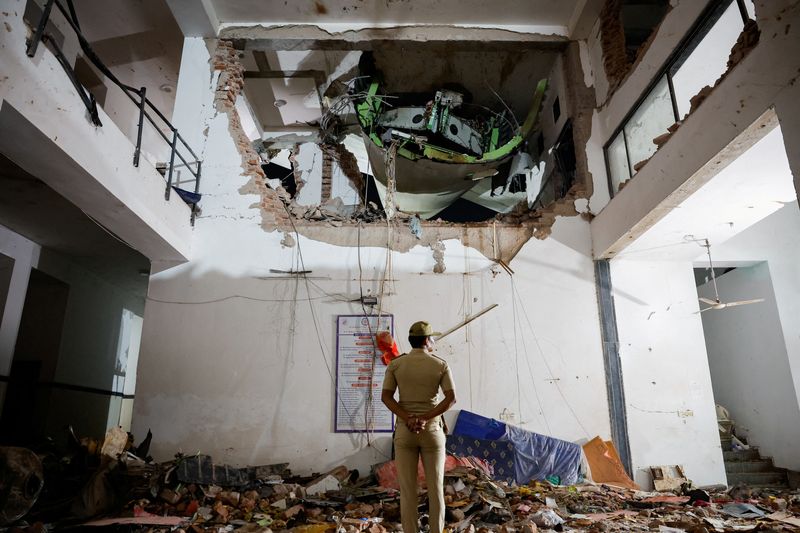Understanding Fuel Switches in Aircraft
Fuel switches play a critical role in the operation of aircraft engines. These switches regulate the flow of fuel into the engines and are used by pilots to start or shut down engines on the ground or manually manage engine functions during flight if an issue arises. In the case of the Air India flight that crashed last month, a cockpit recording has provided insight into the actions of the pilots and the possible cause of the incident.
How Fuel Switches Work
Aviation experts emphasize that it is highly unlikely for a pilot to accidentally move the fuel switches that control engine power. However, if such a switch is moved, the consequences can be immediate—cutting off the fuel supply to the engines. This can lead to a complete loss of power, which is extremely dangerous, especially during takeoff or when the aircraft is climbing.
The fuel cutoff switches and the valves they control operate through independent power systems and wiring. This design ensures that even if one system fails, the other can still function. On a Boeing 787, which was involved in the Air India crash, there are two fuel control switches located below the thrust levers. These switches are spring-loaded to remain in their current position unless manually adjusted.
The Mechanics of Fuel Switches
To change a fuel switch from ‘RUN’ to ‘CUTOFF’, a pilot must first pull the switch up and then move it to the desired position. There are two primary modes: ‘CUTOFF’ and ‘RUN’. When in ‘RUN’ mode, the engine receives fuel and operates normally. If the switch is moved to ‘CUTOFF’, the fuel supply is cut off, and the engine stops running.
This mechanism is designed to be intentional, requiring deliberate action from the pilot. However, the possibility of a pilot making this switch during flight raises serious concerns about the safety and decision-making processes involved.
What Happened During the Air India Flight?
According to the flight recorder, shortly after takeoff, the fuel switches for both engines transitioned from ‘RUN’ to ‘CUTOFF’ with a one-second gap between each. This resulted in the engines losing power. A conversation captured in the cockpit voice recorder reveals that one pilot asked the other why he had cut off the fuel. The response was that the other pilot did not do so.
The report does not specify which pilot made which statement, but it is known that the first officer was at the controls of the Boeing 787. He reportedly questioned the captain about the movement of the fuel switches, asking him to restore the fuel flow. Both switches were eventually returned to the ‘RUN’ position, as confirmed by the preliminary report.
At the crash site, the switches were found in the ‘RUN’ position, indicating that the pilots had attempted to restore power before the accident occurred. However, the damage caused by the loss of engine power may have been too severe to prevent the crash.
The Role of Engine Control Systems
When fuel control switches are moved from ‘CUTOFF’ to ‘RUN’ while the aircraft is in flight, the engine’s control system automatically initiates a relight and thrust recovery sequence. This involves ignition and the reintroduction of fuel to restart the engine. However, this process is not guaranteed to succeed, especially under stressful conditions.
Experts warn that no rational pilot would intentionally turn off fuel switches during flight, particularly when the plane is just beginning its climb. U.S. aviation safety expert John Nance emphasized that such an action would be extremely dangerous and could lead to catastrophic consequences.
Conclusion
The events surrounding the Air India flight highlight the importance of understanding and properly managing aircraft systems. Fuel switches, though seemingly simple, play a crucial role in ensuring the safe operation of an aircraft. The actions of the pilots in this case remain under investigation, but the information available suggests a critical failure in the management of engine power during a vulnerable phase of flight.







